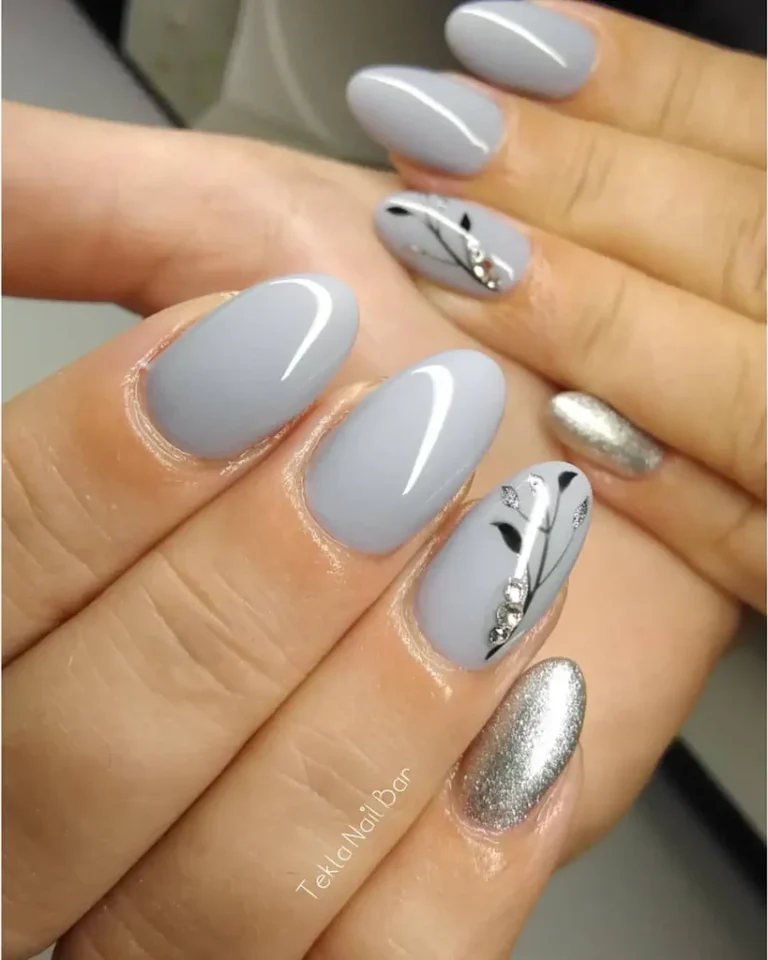Valentino Logo: Complete Guide, History, Symbolism, and Evolution
The Valentino logo is one of the most recognized emblems in global fashion, symbolizing Italian luxury, artistic craftsmanship, and timeless design. Created by Valentino Garavani in 1960, this logo represents far more than just a brand name it reflects a legacy of couture excellence and visual sophistication. Its minimalist yet powerful design has become synonymous with elegance and exclusivity across continents.
This in-depth guide explores every detail about the Valentino logo its history, evolution, meaning, design elements, and impact on modern branding crafted exclusively for SEO authority and reader engagement.
1. Origin and History of Valentino Logo
Valentino Garavani founded the Valentino fashion house in Rome in 1960. From the very beginning, the logo was designed to express sophistication rooted in Italian artistry. The original mark used clean Roman typography that evoked heritage, precision, and cultural depth.
The first Valentino logo featured the brand’s name in all capital serif letters—emphasizing permanence and classic proportion. During the 1970s, the iconic “V” monogram was introduced as a standalone emblem. The monogram became a universal representation of Valentino’s haute couture collections, leather goods, and accessories.
2. Design Philosophy and Elements
Minimalist Aesthetics
The Valentino logo thrives on minimalist design principles. Every curve, serif, and spacing in the typography reflects balance and proportion. Its simplicity makes it adaptable across physical and digital mediums, from couture tags to fashion week billboards.
Logo Structure
The primary elements of the logo include:
- The “V” Monogram: Symbolizing victory, valor, and Valentino’s first initial.
- Oval Frame: Surrounding the “V”, it denotes continuity and completeness.
- Wordmark Typography: Expressed in classic serif font for heritage appeal.
3. Symbolism and Meaning
The Valentino logo symbolizes refinement, confidence, and Italian luxury. The “V” stands for more than the designer’s name it reflects the Roman ideals of victory (“Victoria”) and strength.
The oval frame encompassing the “V” represents timeless unity and brand endurance. It creates a sense of visual completeness. Combined, they portray elegance without excess—a philosophy that defines Valentino’s couture legacy.
4. Typography and Color Significance
Typography
Valentino uses a custom Roman serif typeface inspired by classical architecture. The sharp serifs and elongated proportions convey stability and prestige. The typeface embodies craftsmanship and elite fashion culture.
Color Palette
The official Valentino logo colors are black, white, and “Valentino Red.”
- Black: Denotes sophistication and power.
- White: Reflects purity and timelessness.
- Valentino Red: A deep red hue created by Garavani, symbolizing passion and strength.
This red tone, known as Rosso Valentino, became iconic through red-carpet gowns and couture collections.
5. Logo Evolution Through Decades
| Year | Logo Version | Key Characteristics |
|---|---|---|
| 1960 | Original Wordmark | Serif typography, luxury emphasis |
| 1978 | V Monogram Introduced | “V” within an oval frame |
| 1990s | Dual Mark Branding | Combined wordmark and monogram |
| 2009 | Simplified Monogram | Modernized proportions |
| 2018 | Contemporary Update | Bolder, clean lines and spacing |
The latest redesign under creative director Pierpaolo Piccioli in 2018 introduced refined spacing and geometric balance, aligning with digital media standards. It maintains the brand’s core DNA while embracing modern visibility.
6. Usage in Fashion and Media
Valentino applies its logo uniformly across all product categories:
- Haute Couture: Embroidered labels and silk linings.
- Accessories: Metallic or embossed “V” on bags, belts, and shoes.
- Perfumes: Engraved or printed logo on glass bottles.
- Digital Assets: Vector versions for websites, AR campaigns, and social media.
The brand’s consistent visual application ensures recognition from red carpet appearances to Instagram reels, reinforcing its premium identity.
7. Comparison with Other Luxury Logos
| Brand | Logo Style | Key Difference |
|---|---|---|
| Valentino | Serif, Monogram | Roman classicism |
| Dior | Serif | French elegance |
| Versace | Pictorial (Medusa) | Mythological symbolism |
| Prada | Sans-serif | Modernist geometry |
| Gucci | Interlocked “G”s | Dual-symbol identity |
Valentino distinguishes itself through Roman minimalism. Unlike Versace’s ornamental Medusa or Gucci’s interlocking monogram, Valentino’s strength lies in restraint—achieving elegance through proportion, not complexity.
8. Digital Adaptation and Branding Impact
Valentino’s design team has optimized its logo for high-resolution and low-resolution media alike. The flat design format ensures clarity on digital platforms.
The logo adapts seamlessly to:
- Mobile interfaces and fashion e-commerce.
- AR and VR experiences in digital runway shows.
- NFT-based branding, where authenticity depends on verified logos.
Valentino’s continuous evolution across technology platforms strengthens its brand equity and maintains cultural relevance in a rapidly digitized luxury market.
9. Trademark Ownership and Protection
The Valentino logo is a registered trademark of Valentino S.p.A., headquartered in Milan, Italy. The mark is legally protected under global intellectual property laws. The company holds rights over typography, monogram design, and color schemes.
Valentino actively monitors trademark violations through:
- Digital copyright monitoring systems.
- Legal enforcement of counterfeit restrictions.
- Licensing agreements with approved distributors only.
This control ensures authenticity and sustains consumer trust across international markets.
10. FAQs About Valentino Logo
Q1: Who designed the Valentino logo?
Valentino Garavani conceptualized the original logo, while modern refinements were introduced by the Valentino design team under Pierpaolo Piccioli’s creative direction.
Q2: What does the Valentino “V” represent?
The “V” represents both Valentino and the Roman concept of victory. It stands as a symbol of strength, prestige, and Italian craftsmanship.
Q3: When was the Valentino monogram introduced?
The “V” monogram debuted in 1978, marking Valentino’s expansion into accessories and ready-to-wear fashion.
Q4: What is Valentino Red?
Valentino Red, or Rosso Valentino, is a proprietary shade of crimson symbolizing passion, energy, and confidence. It became a permanent feature in Valentino’s brand identity.
Q5: How does the Valentino logo differ from Valentino Garavani’s?
The main Valentino logo is used across fashion collections, while the Valentino Garavani version includes the full founder’s name beneath the “V,” primarily used for shoes and leather goods.
Q6: Is the Valentino logo used in digital fashion?
Yes, the Valentino logo has been integrated into augmented reality experiences, NFT fashion exhibitions, and digital runway campaigns since 2021.
Q7: What font is used in Valentino’s logo?
A custom serif font inspired by Roman capitals—characterized by geometric balance and refined line weight—defines the Valentino logo typography.
Q8: What makes the Valentino logo timeless?
Its simplicity, proportionate geometry, and minimalistic design allow it to remain relevant through decades of design evolution.
See More: Corporate Software Inspector: The Complete Guide for Modern Enterprises
Calesshop: The Emerging Hub of Modern Online Retail
Conclusion
The Valentino logo is not merely a brand identifier it’s an emblem of heritage, art, and excellence. Rooted in Roman design principles and reimagined for the modern world, the logo embodies the seamless blend of tradition and innovation. Its evolution reflects the journey of a brand that values precision, minimalism, and prestige above all.







